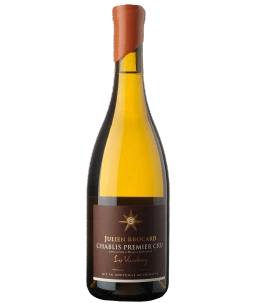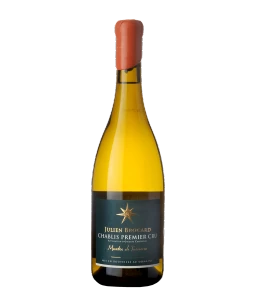Domaine Julien Brocard
The seven vineyards - Chablis "naturally"
Julien Brocard's domaine is located in Préhy, just a few kilometres from the town of Chablis in northern Burgundy. The aim of the domaine is to bring out the true character of the wines without any distortion, and for this purpose the vines have been cultivated biodynamically since 2011.
In 1973 Jean-Marc Brocard planted his first vines in the Chablis winegrowing region. In 1995 Julien Brocard followed in his father's footsteps and took on his first responsibilities in the family business. Together they created ecological niches by planting new fruit trees typical of the region, such as hazelnut, pear and vineyard peach. These promote biodiversity and the balance between animals and plants. In 1997 Julien Brocard discovered the vineyard of La Boissonneuse, where he ventured on his first biodynamic experiments. This vineyard received biodynamic certification as early as 2002. All the other vineyards and plots were also gradually converted to biodynamics.
White wines from Domaine Julien Brocard
Biodynamic agriculture requires constant monitoring and care by humans and the use of traditional methods and tools, such as the horse-drawn plough, in order to create a natural connection between humans, the soil and plants. The soil of limestone and clay with fossil oyster shells, also known as Kimmeridgian, and the region's temperate continental climate with warm summers, long winters and the threat of frost are factors to consider. A compressed air press is used to extract the juice from the hand-picked Chardonnay grapes, which is then fermented in one of 22 large oak barrels with a capacity of 15 to 100 hectolitres. This allows for slow oxygenation and preserves the unique flavour of each vineyard plot.
Julien Brocard now creates seven wines from the seven different vineyards which make up his domaine. The bottles are sealed with wax, stamped by hand, wrapped in tissue paper and packed in a box that holds seven bottles and was specially designed for this range. The wines all captivate with their individual character, starting with La Boissonneuse, with its ripe fruity notes, creamy structure and clearly defined minerality, and ending with the Grand Cru Les Preuses, powerful and rich with pronounced minerality and exceptional ageing potential. All these wines have one thing in common: they are very well defined and come to life on the palate. Santé!
Producer
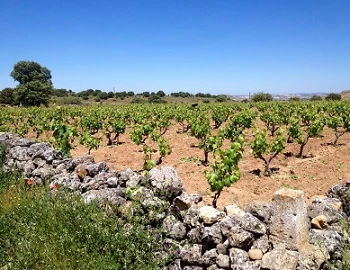
Bodega El Regajal
The unique El Regajal estate with its modern bodega is located to the south of the province of Madrid, in Aranjuez, and was founded by the García-Pita family in 1998. In addition to the Madrid winery, a project called “Galia” was launched in collaboration with Jérôme Bougnaud.
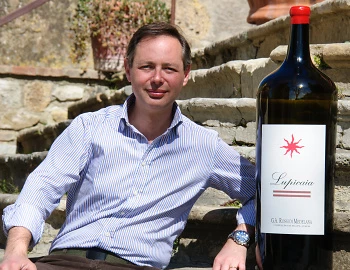
Castello del Terriccio
Castello del Terriccio is one of the largest agricultural estates in Tuscany (Province of Pisa) with its own microclimate. The approximately 1700 hectares extend from the northern end of the Maremma to the Tyrrhenian Sea. The vineyards enjoy a south-southwest exposure with the warming and luminous effect of the sea. The Mediterranean maquis and the eucalyptus trees growing all around it not only protect the grapes from the wind, but also imbue them with the scents and aromas that give the wines of the Terriccio their distinctive flavour.
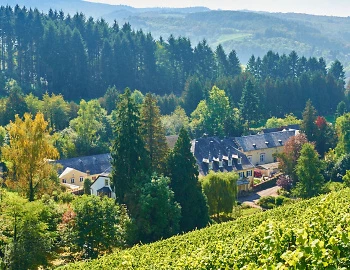
Karthäuserhof
The Karthäuserhof - The cradle of world-famous Rieslings, ever since 1335.
The Karthäuserhof is a magical spot. Not just because of its idyllic location but also because it is the eighth oldest winegrowing estate in the world and for centuries the cradle of world-famous Rieslings. It was founded in 1335 by Carthusian monks who received the estate as a gift from Prince-Elector Balduin of Luxembourg and operated it as a winery until secularisation. Since 1811 the Karthäuserhof has been owned by the same family, now in the seventh generation.

